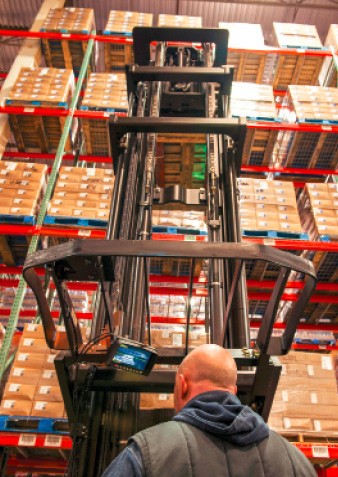Forklifts might seem like just another part of the daily grind in the workplace, but even something as basic as forklift attachments can pose serious risks. According to OSHA (Occupational Safety and Health Administration), forklifts are involved in about 85 fatal accidents annually, with 34,900 serious injuries reported . All the major safety authorities, including OSHA, insist that the forklift’s capacity data plate—basically its “spec sheet”—needs to be accurate and reflect exactly how the forklift is set up, including any attachments you’ve got on there .
But here’s the kicker: In practice, this isn’t always how things play out. That missing or inaccurate data can turn a routine job into a dangerous situation faster than you might think. Forklifts are designed with specific load limits, and altering the forklift by adding attachments, like clamps or side shifters, without updating the data plate can severely compromise its balance and stability . If the forklift’s actual setup doesn’t match the capacity listed on the data plate, you’re playing a risky game of chance.
The National Institute for Occupational Safety and Health (NIOSH) warns that forklift tip-overs and dropped loads are major contributors to forklift-related fatalities and injuries . So, always double-check that the data plate is up-to-date and fully represents the forklift’s current setup before getting to work. It’s a small step that could make a big difference, potentially preventing accidents and saving lives in the process



